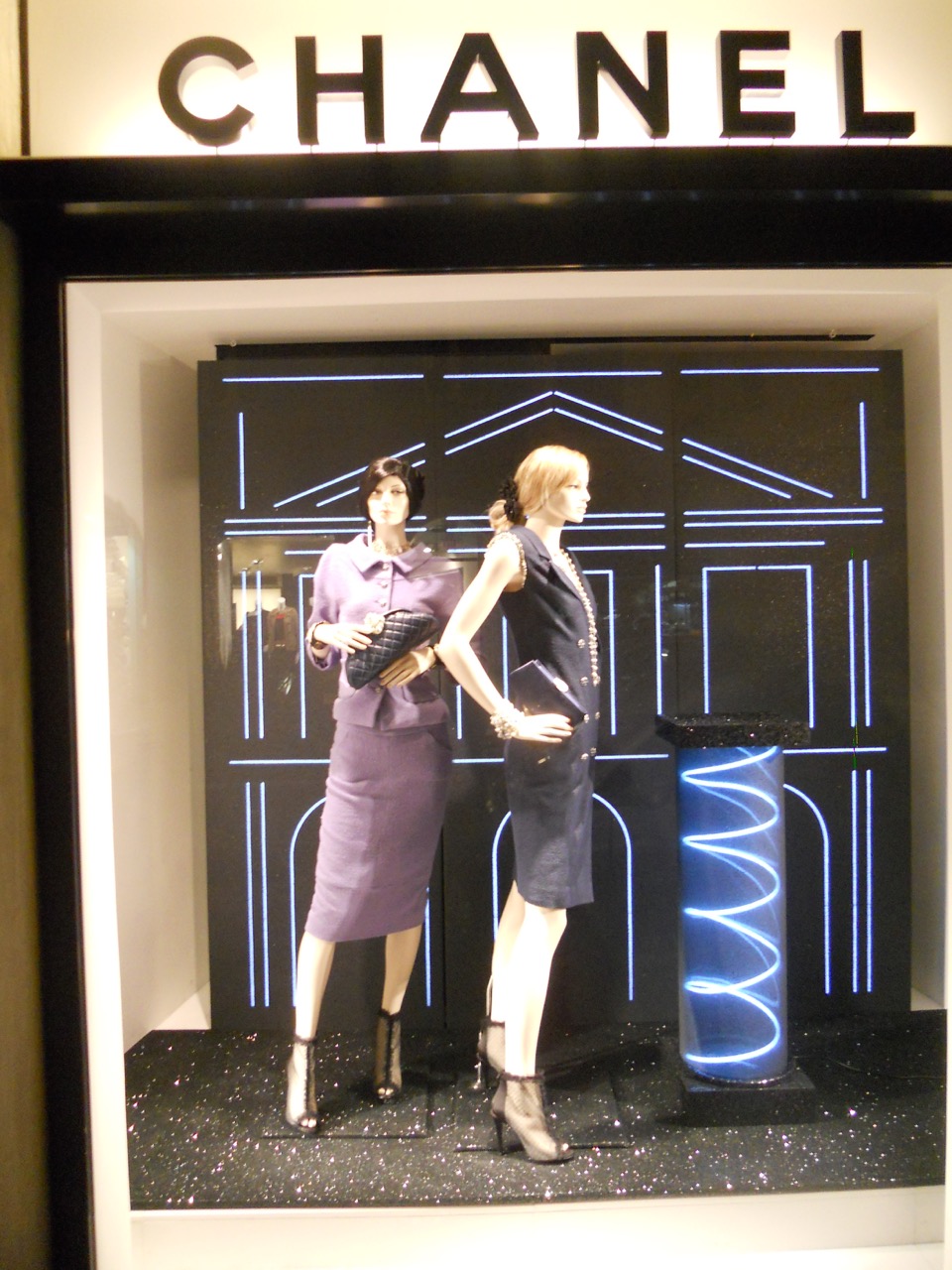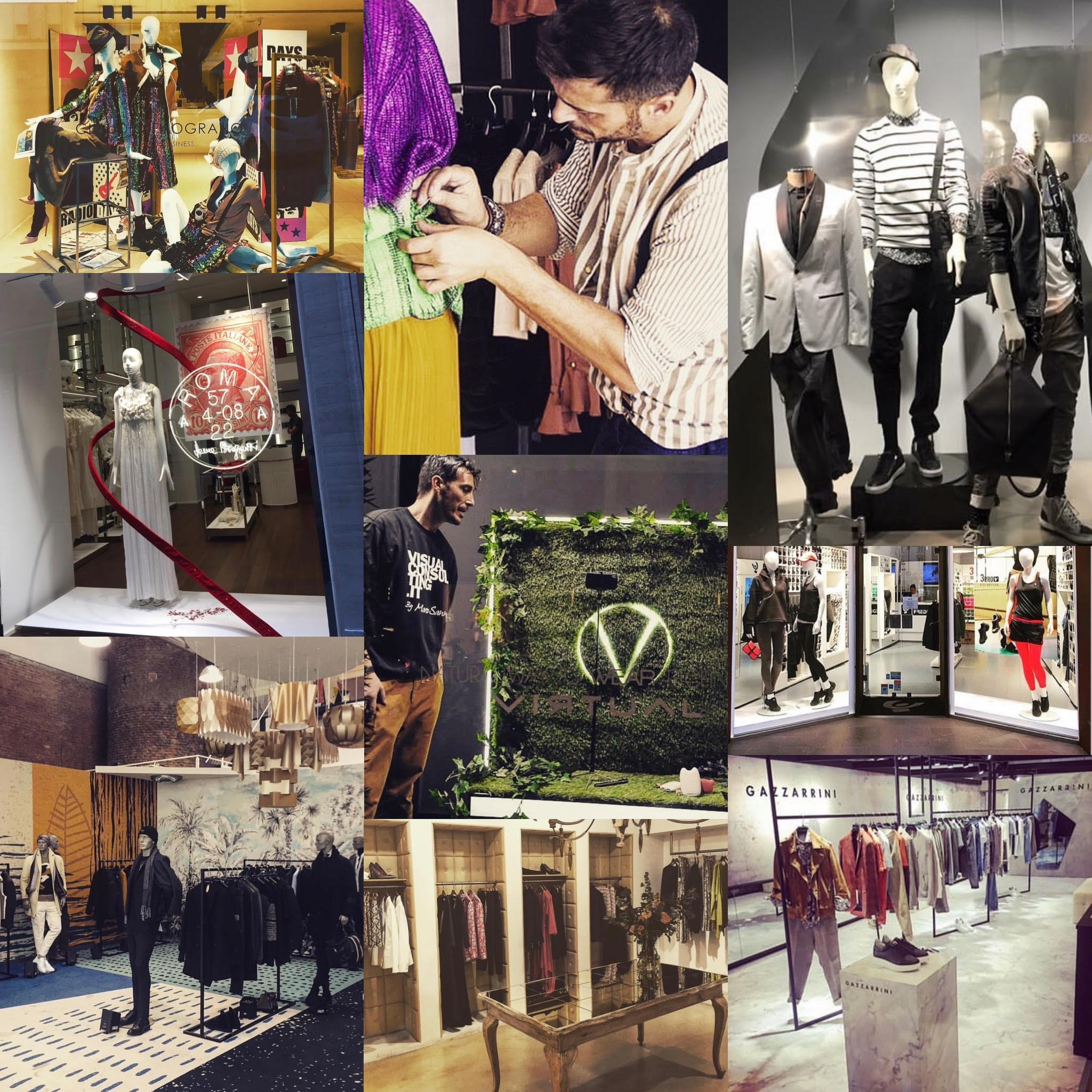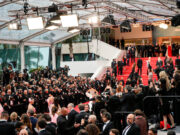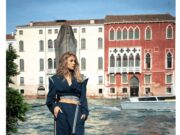Luxury Boutiques
Fashion Wow will share the most exciting displays with all its readers, and the most captivating displays will be featured in various print editions at the end of 2024! If you have a Luxury Boutique, send us your pictures to our email [email protected]!
A shop window must be adorned with styled
To be truly alluring, a shop window must be adorned with style. Ensuring the success of any boutique, especially in the realm of clothing, requires the expertise of professionals. It's not merely about placing garments in a space but crafting an aesthetic composition that captivates consumers and entices them to step into the boutique. Careful consideration must be given to defining the style so that the visual impact on customers is enchanting.
This entails a comprehensive study of the products sold (types of clothing, accessories, etc.), target audience (men, women, children), style (luxury, classic), arrangement of furnishings (panels, mannequins), placement of accessories (chandeliers, mirrors, lamps), and much more! A step-by-step design and implementation process is crucial for competitiveness in an industry marked by increasingly avant-garde competitors.

This entails a comprehensive study of the products sold (types of clothing, accessories, etc.), target audience (men, women, children), style (luxury, classic), arrangement of furnishings (panels, mannequins), placement of accessories (chandeliers, mirrors, lamps), and much more! A step-by-step design and implementation process is crucial for competitiveness in an industry marked by increasingly avant-garde competitors.
In this regard, we spoke with Marco Sanna, whose Visual Consulting has been supporting fashion and design companies in planning, visual merchandising, and retail projects for over twenty years. Marco Sanna has contributed to the success of renowned brands such as Chanel, Armani, Les Copains, Visionnaire Design Group, Kartell, Mangano, and Liu Jo Uomo.
"Organizing garments in a visible manner while respecting the brand's identity means taking care of the store's image. Working effectively involves a mix of elements such as products, aesthetics, sales analysis, visual communication, and planning commercial and promotional activities," says Marco. He adds, "The Visual Merchandiser must possess solid technical foundations (lighting, color theory), artistic sensitivity, visual culture, as well as knowledge of marketing and psychology. Activating not only sight but engaging as many senses as possible is crucial in setting up a commercial space."

Marco Sanna (Visual Consulting Agency) and part of his visual merchandising international projects
Scents wafting through the environment
In essence, scents wafting through the environment, music chosen as the backdrop of the customer's experience, and direct contact with garments and fabrics are all elements that need to be harmoniously blended with the brand, boutique type, and customer behavioral analysis. Lastly, the Visual Merchandiser must conduct a thorough analysis of specific behavioral and performance indicators to observe and monitor their clientele.
The Visual Merchandiser is now a creative figure with a key role in the visual storytelling of major brands. Finally, we can mention cases like Armani and Lauren, where work on the storefront foreshadows a talent for creating a style.
A young Giorgio Armani, still studying medicine, gained his first experience in the fashion industry as a window dresser at Rinascente in Milan. Meanwhile, in New York during the same years, Ralph Lauren, a clerk at Brooks Brothers, meticulously attended to interior displays, foreshadowing the attention to detail he would later incorporate into the design of his stores worldwide.
.
"
Historical Highlights: From Window Dresser to Visual Merchandisingt
Historically, in the second half of the nineteenth century, with the success of department stores in American metropolises, the professional figure of the window dresser emerged. It was these department stores that presented the first truly adorned windows and developed the initial techniques of visual display, based on placing garments in domestic or cultural contexts. In 1909, marking a turning point, the creative approach of Chicago's Marshall Fields, signed by the young Frank Baum (pre-Hollywood career with "The Wizard of Oz"), arrived in London thanks to Gordon Selfridge and his department stores. In the 1930s, shop windows evolved into grand metropolitan-inspired screens, interacting with cinema and the star system. Over the decades, refining both practical techniques and know-how, the role of the window dresser transformed into that of a modern Visual Merchandiser.























